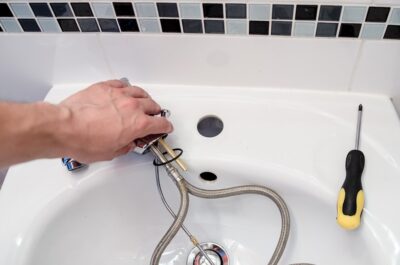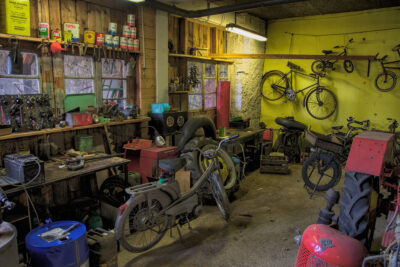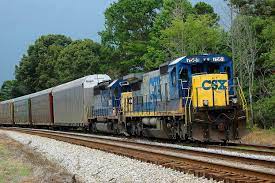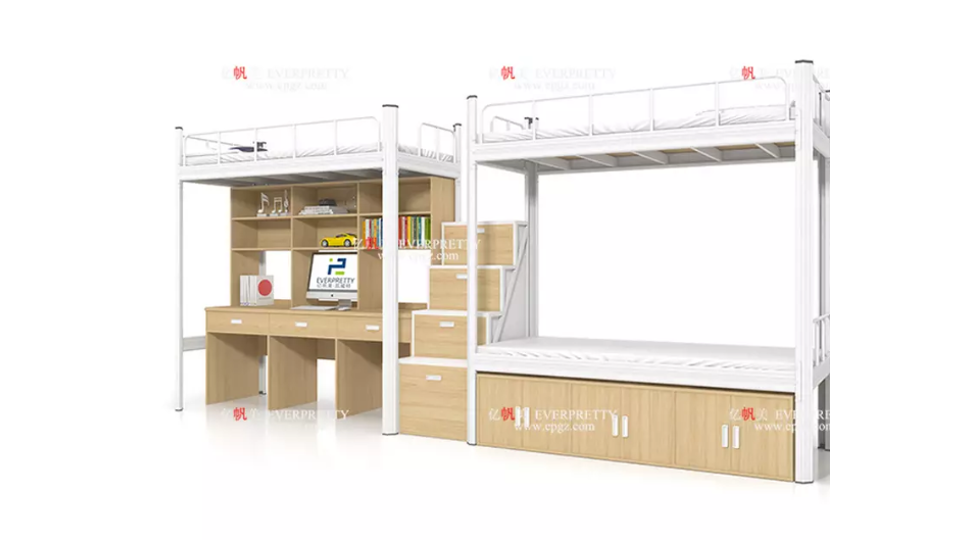How To Get Repaired Kitchen Plumbing Problems

Most kitchen plumbing problems are minor. Certain most common issues that occur in the kitchen include a loose pipe, a leaking tap, and an overloaded drain trap. Since these are minor problems, calling a plumber can be costly and time-consuming. If you know how to repair these minor kitchen plumbing issues, then you can avoid plumber expenses. However, for more complex or challenging plumbing issues, it’s always wise to seek the expertise of a trained professional plumber to ensure proper and lasting solutions.
Determine the problem
First, check and find out where the problem is. Drippage in two-control tap might be having issues inside the faucet housing, and may its washer have worn down. Washers are used to avoid drippage by keeping the metal close-off valve inside the tap sealed. If it is a leakage under the sink, then switch the water on and look for a loose pipe.
Sometimes, the drain faucet beneath the sink may cause problems when clogs form there. A drain trap is a U-shaped tube extending from the sink to the wall.
Stop the tap water supply
When you have determined the real problem, switch off the tap water supply. You can see the two close-off valves either at the ground or near the sink that controls the water flow to the tap. Two close-off valves is used for hot and cold water supply respectively. Switch on the tap using handles to drain out any remaining water. Now, you can work on the tap. It is recommended to change washers and make the pipes tighter at the same time.
Change the faucet controls
Use a crescent wrench to move out one of the tap valve stems. The stem will look a little similar to a spark plug and includes a washer. The washer is fixed at the bottom of the stem and you need to unscrew the washer. It is available in different sizes and so, purchasing one or two of the correct size will be easier if you take it to the hardware shop.
Tighten the new washer to the bottom of the stem. Enclose a small piece of thread seal tape on the threads of the stem and tight the stem back to the valve. Turn on the control and repeat the procedure for the remaining one.
Fasten the nuts
Employ a wrench to fasten the nuts that control the hot and cold water supply line to the beneath of the tap that access them under the sink. Generally, supply lines are made of flexible tubing with a threaded nut on both ends. Once you have fastened the nuts, discharge water and look for leaks. If you find any leak, then use thread seal tape to the threads. Even after the leak continues, bring the flexible tubing to the hardware shop and buy a replacement.
Loosen the big nuts
Lose the big nuts that control the drain trap in place. It is a U-shaped pipe at the bottom of the sink and is the main area for clogs. Pull the pipe off in a smooth manner and clean it out. Change the drain trap pipe and put some thread seal tape to the threads. Also, examine the remaining drainage pipes to ensure that they are firmly held in place. Switch on the water, and your project is completed!!




